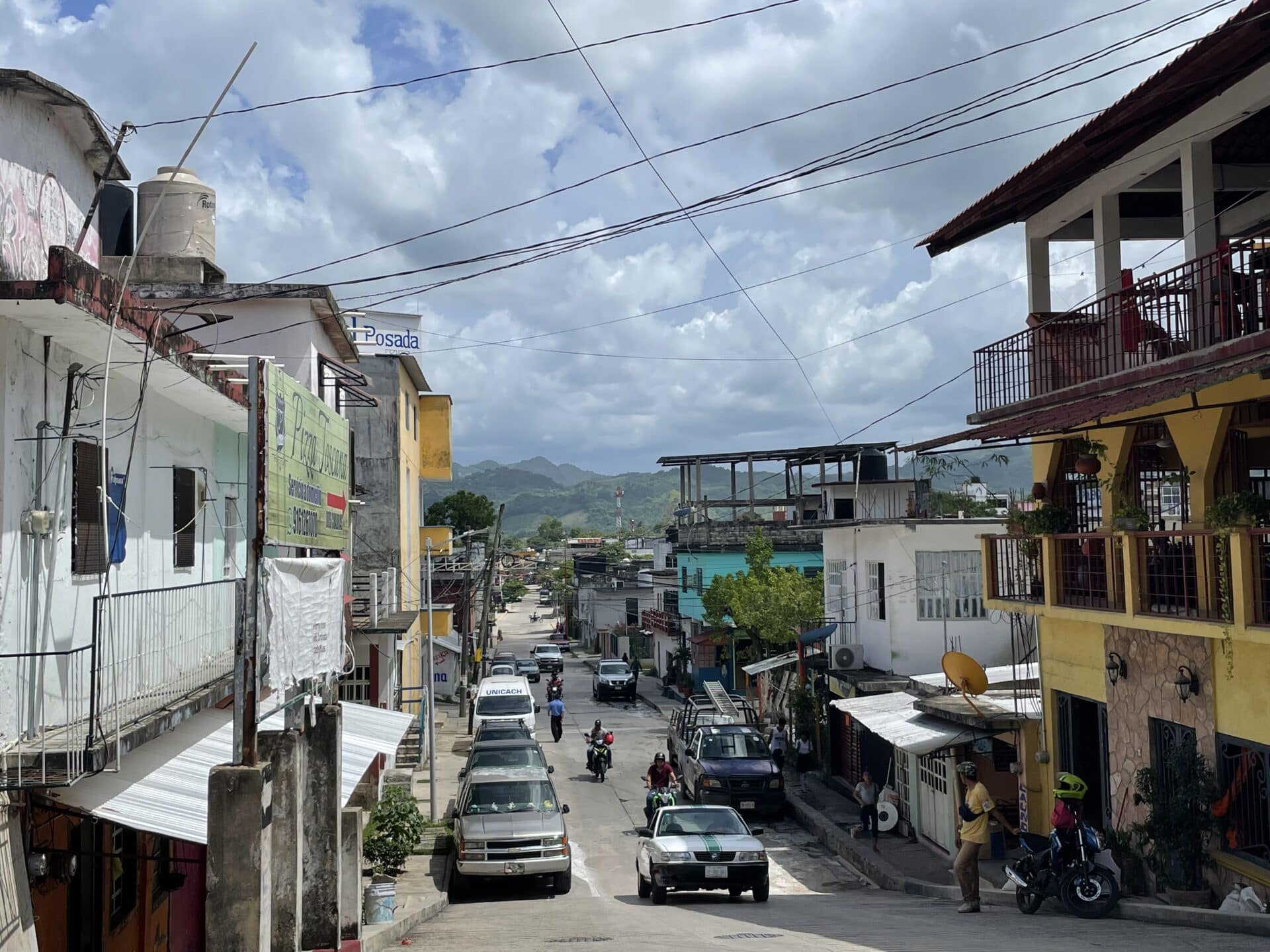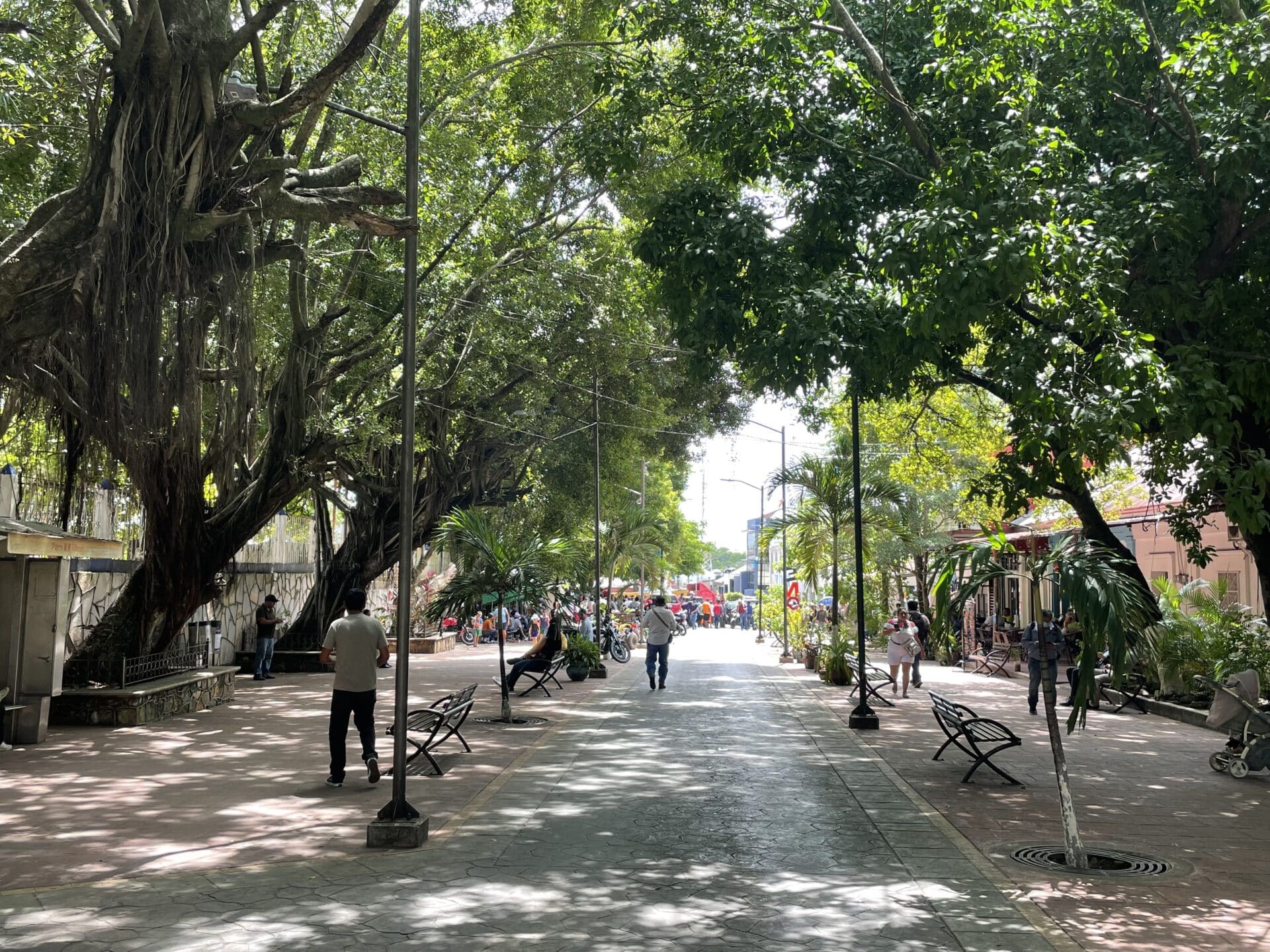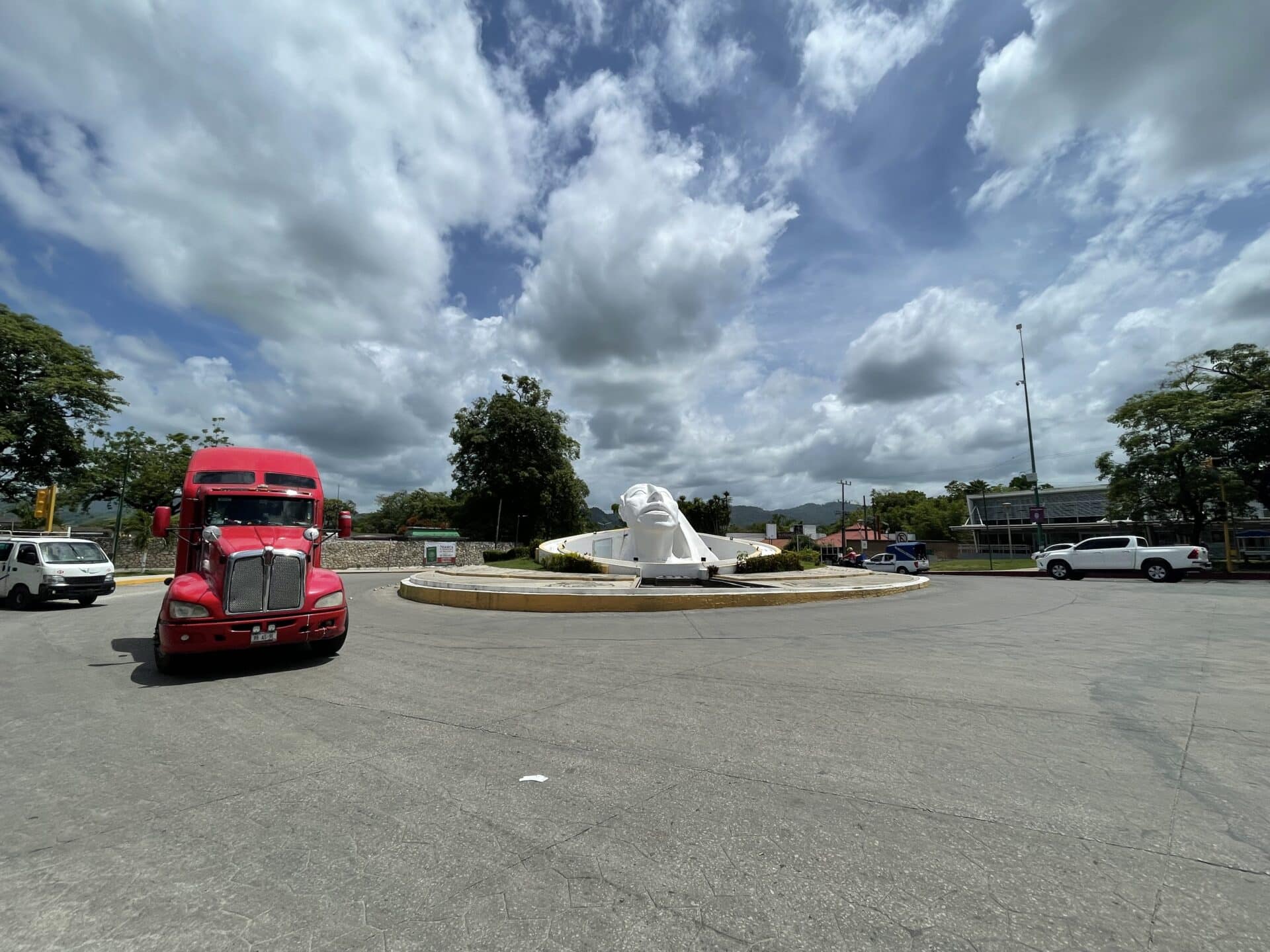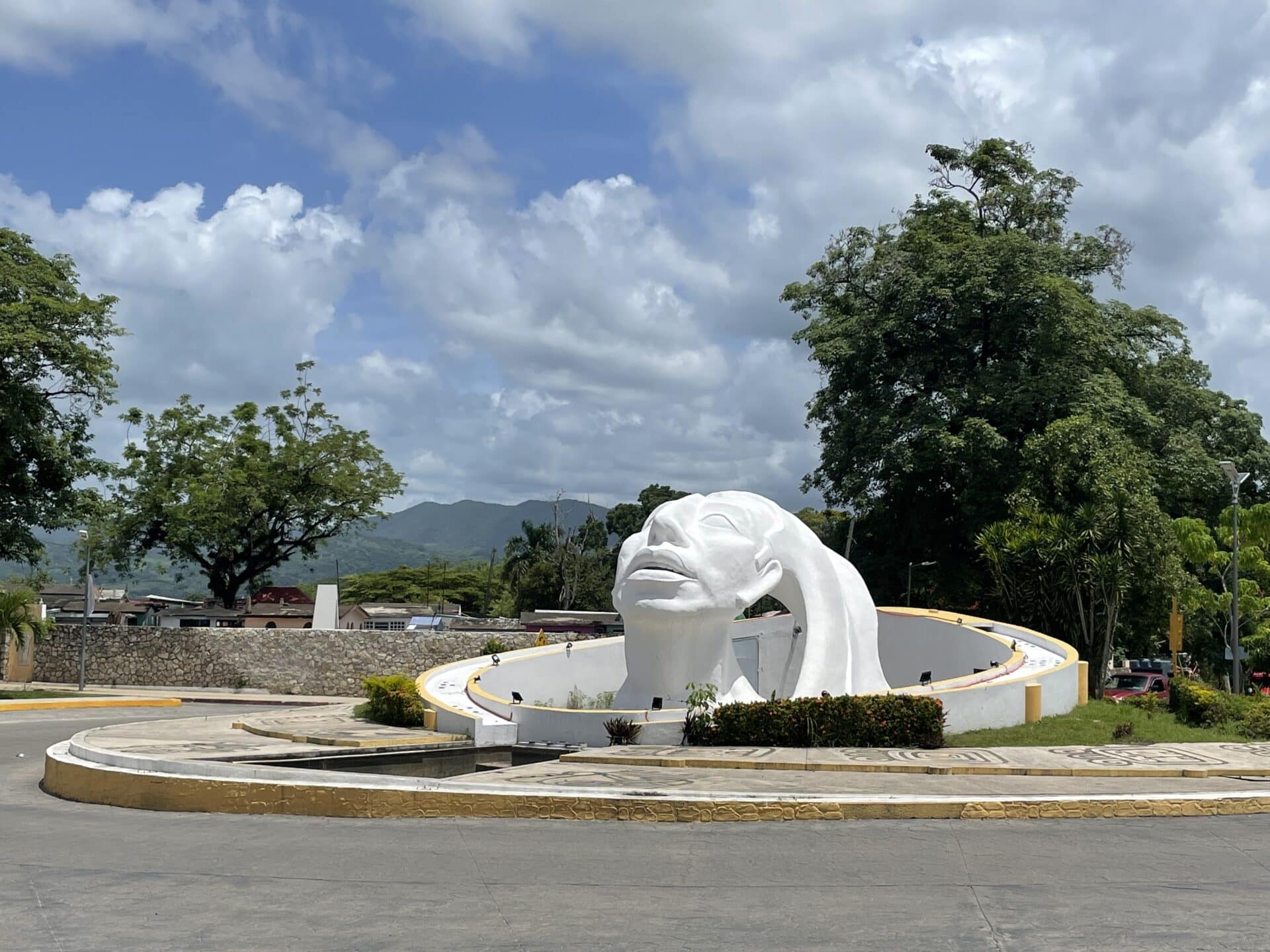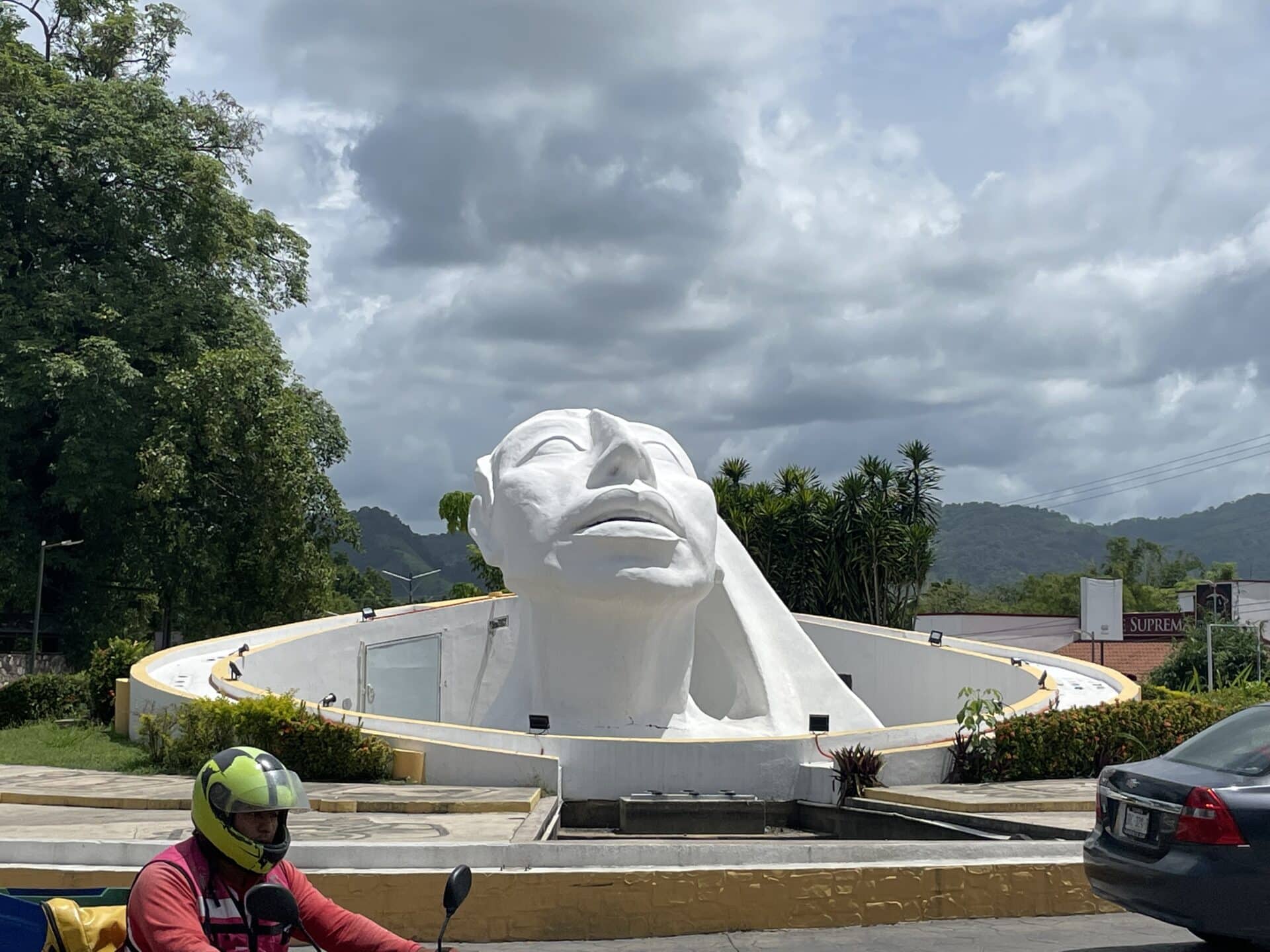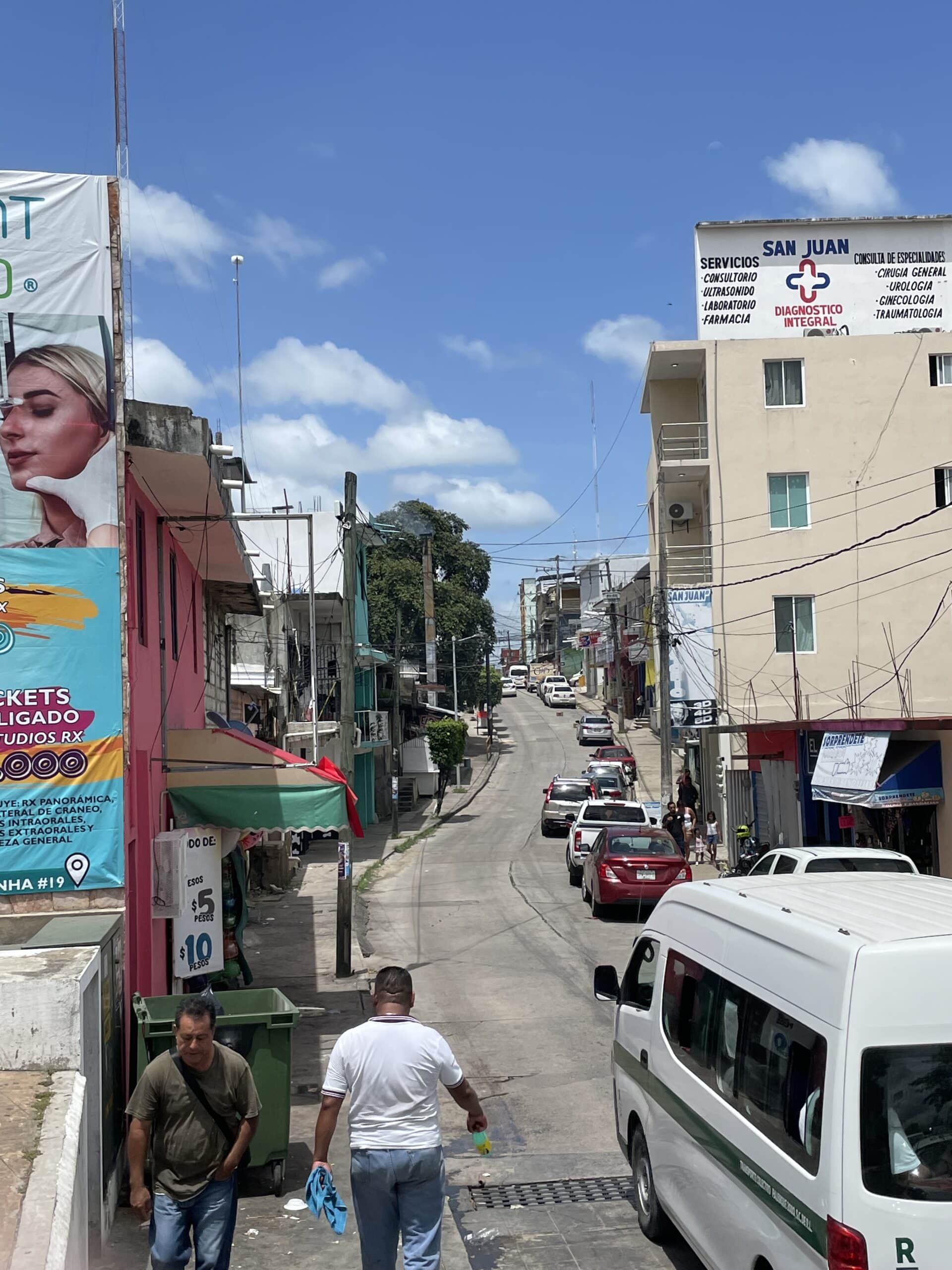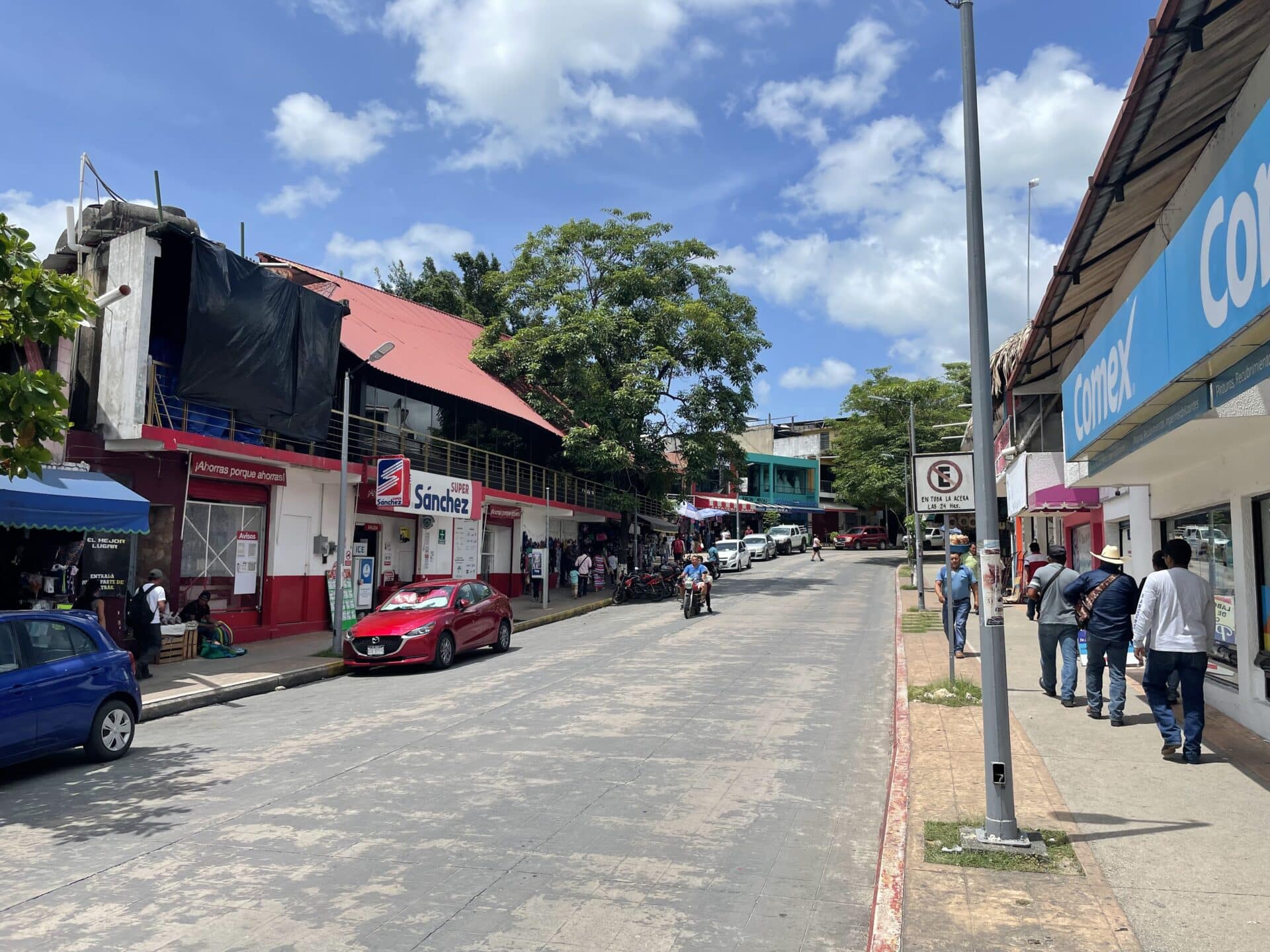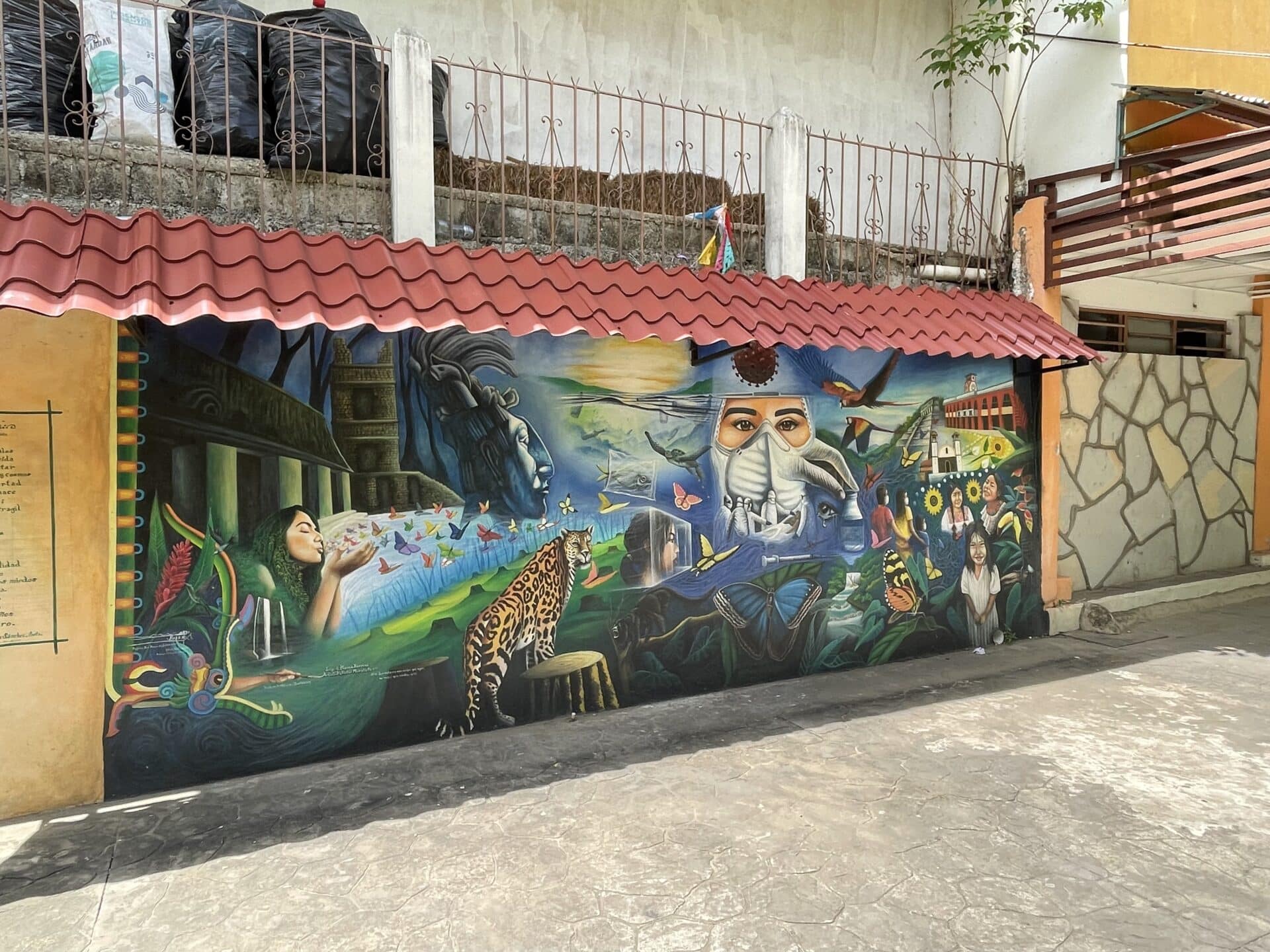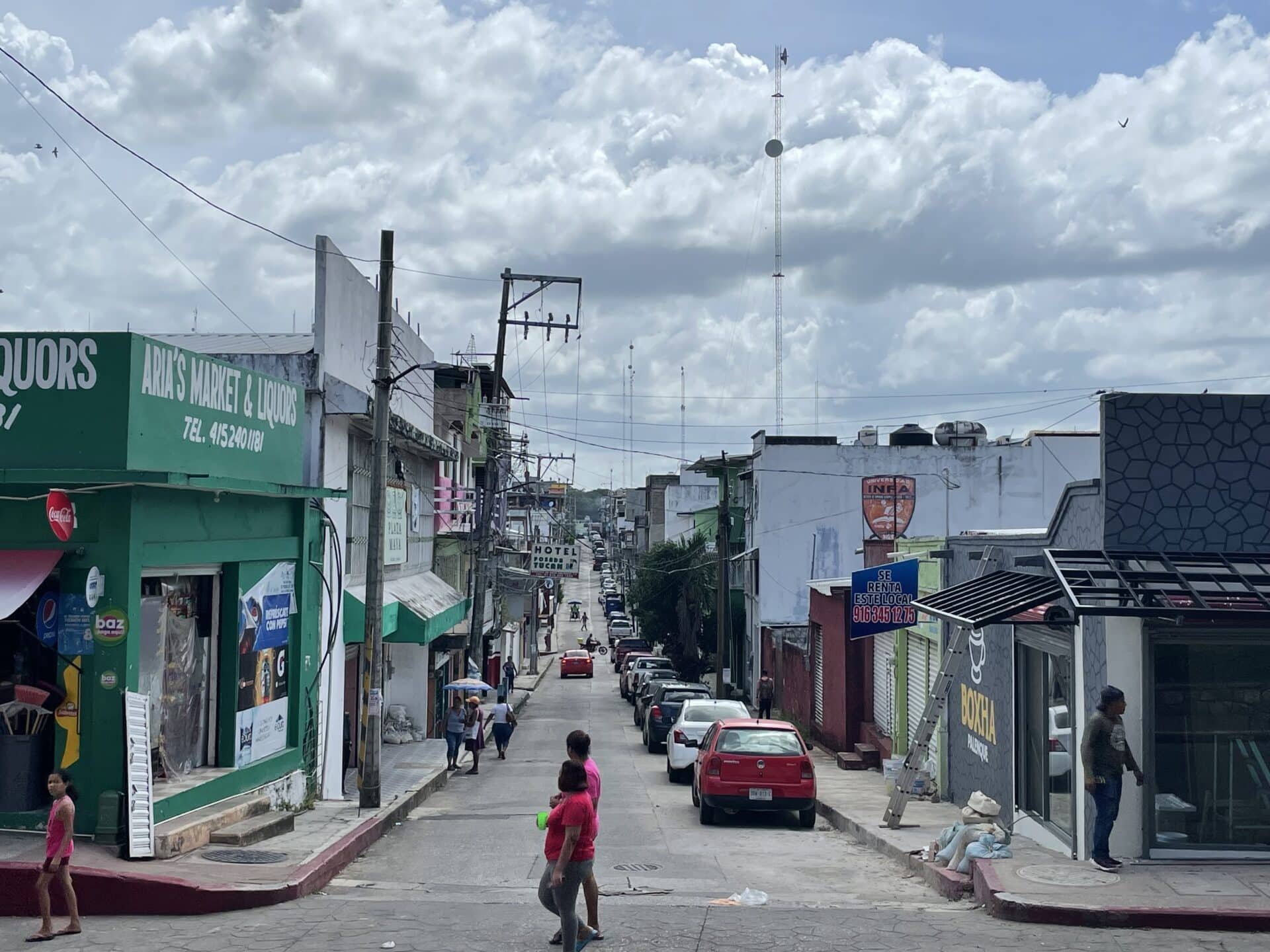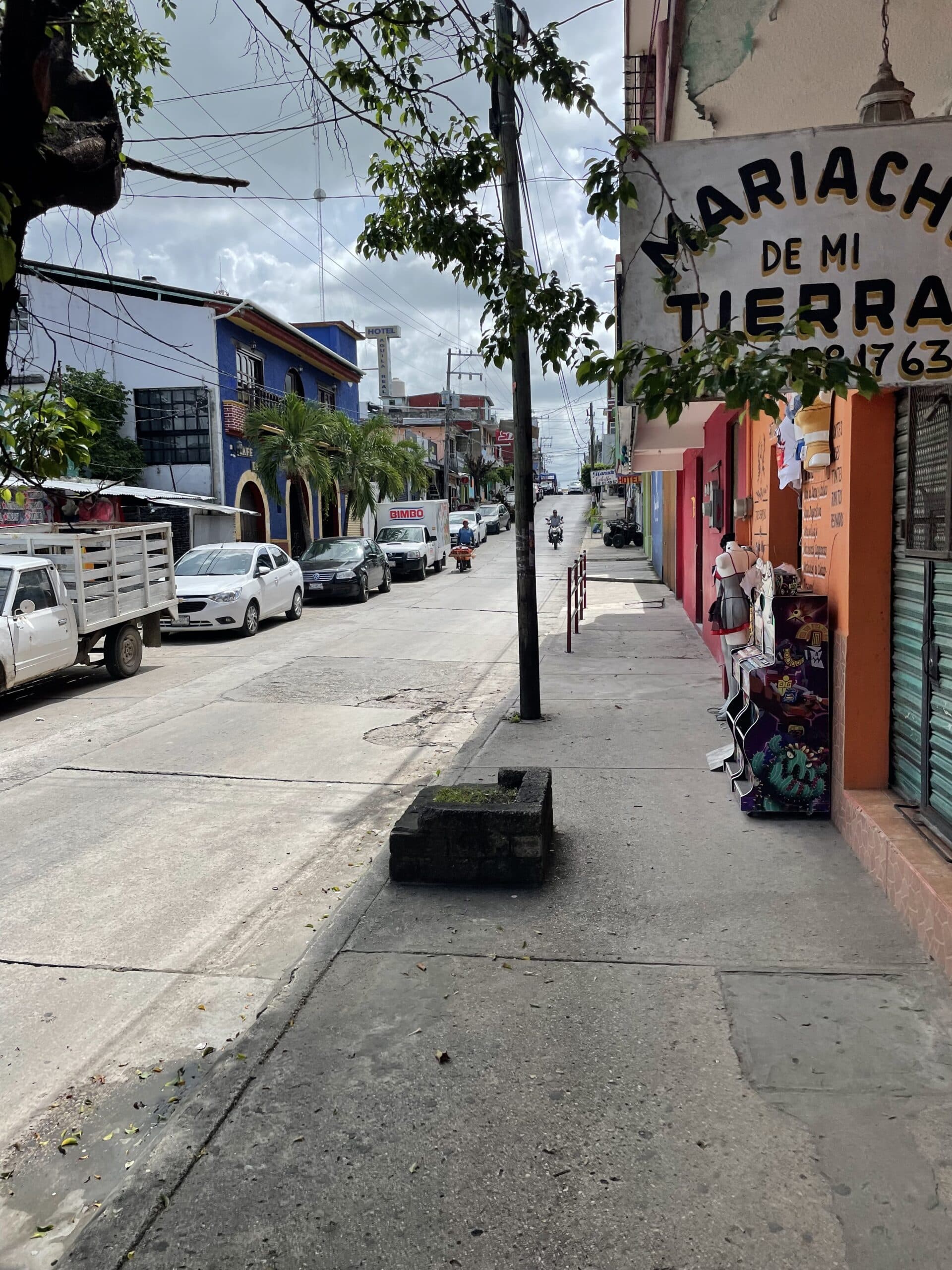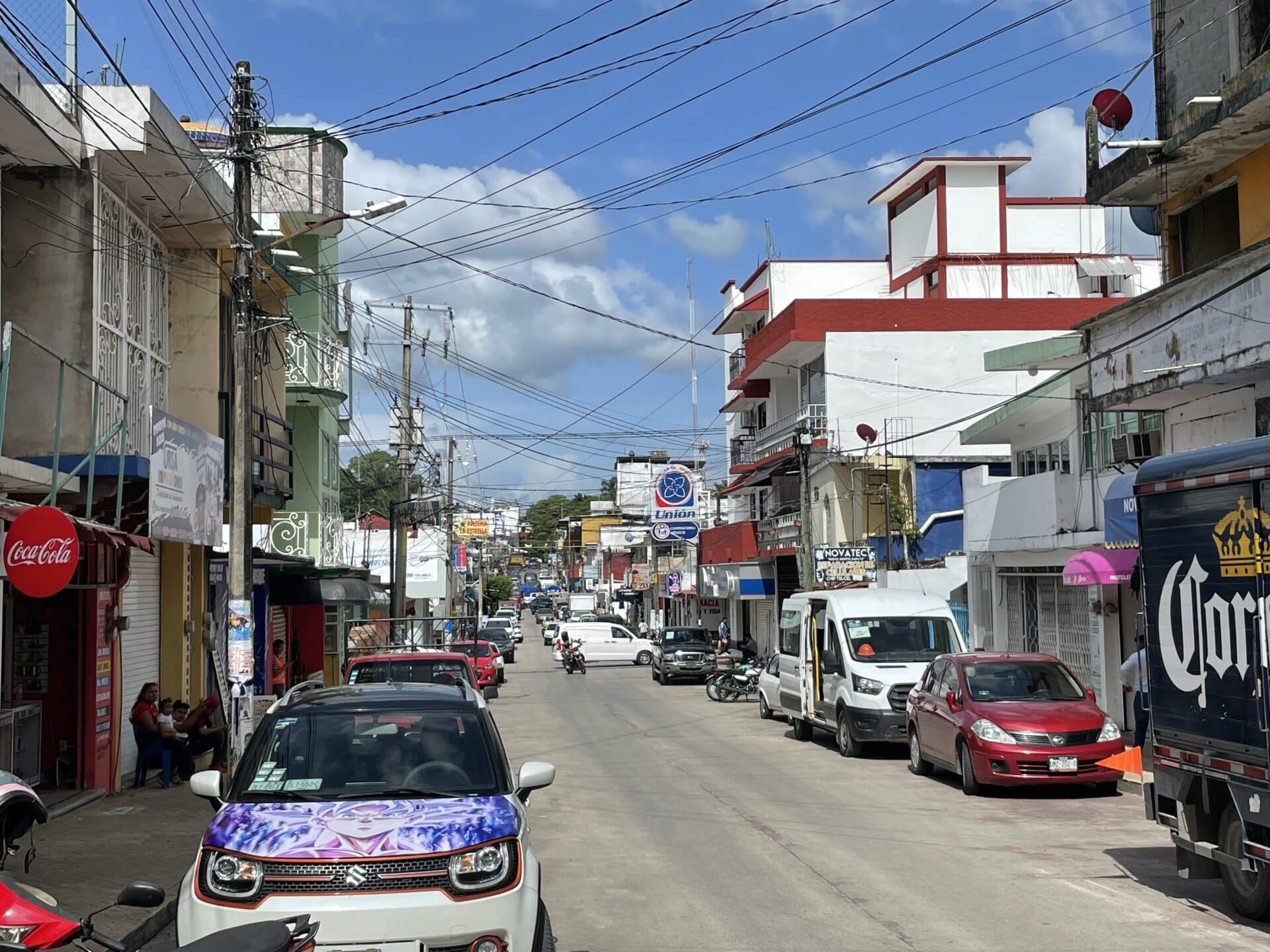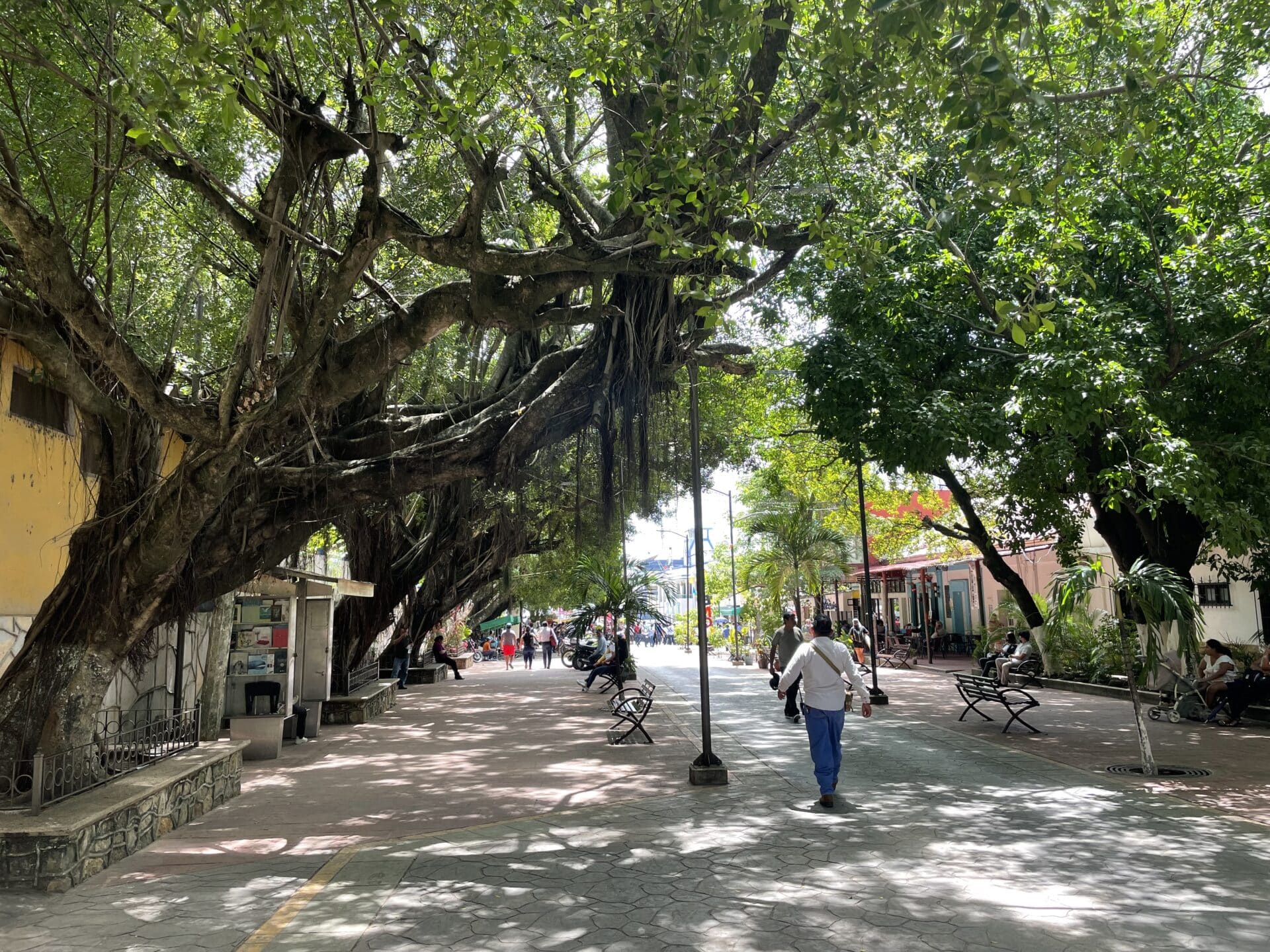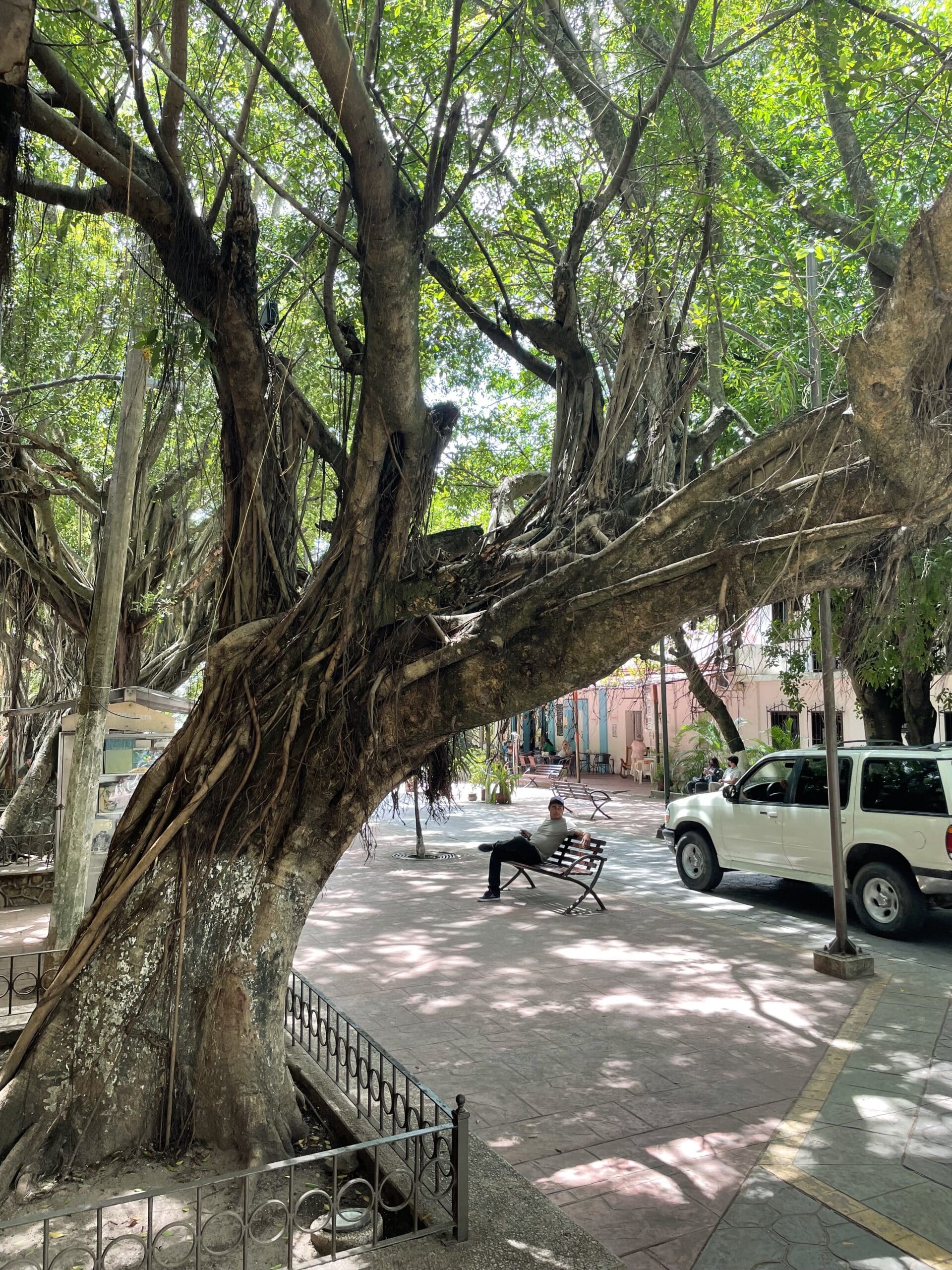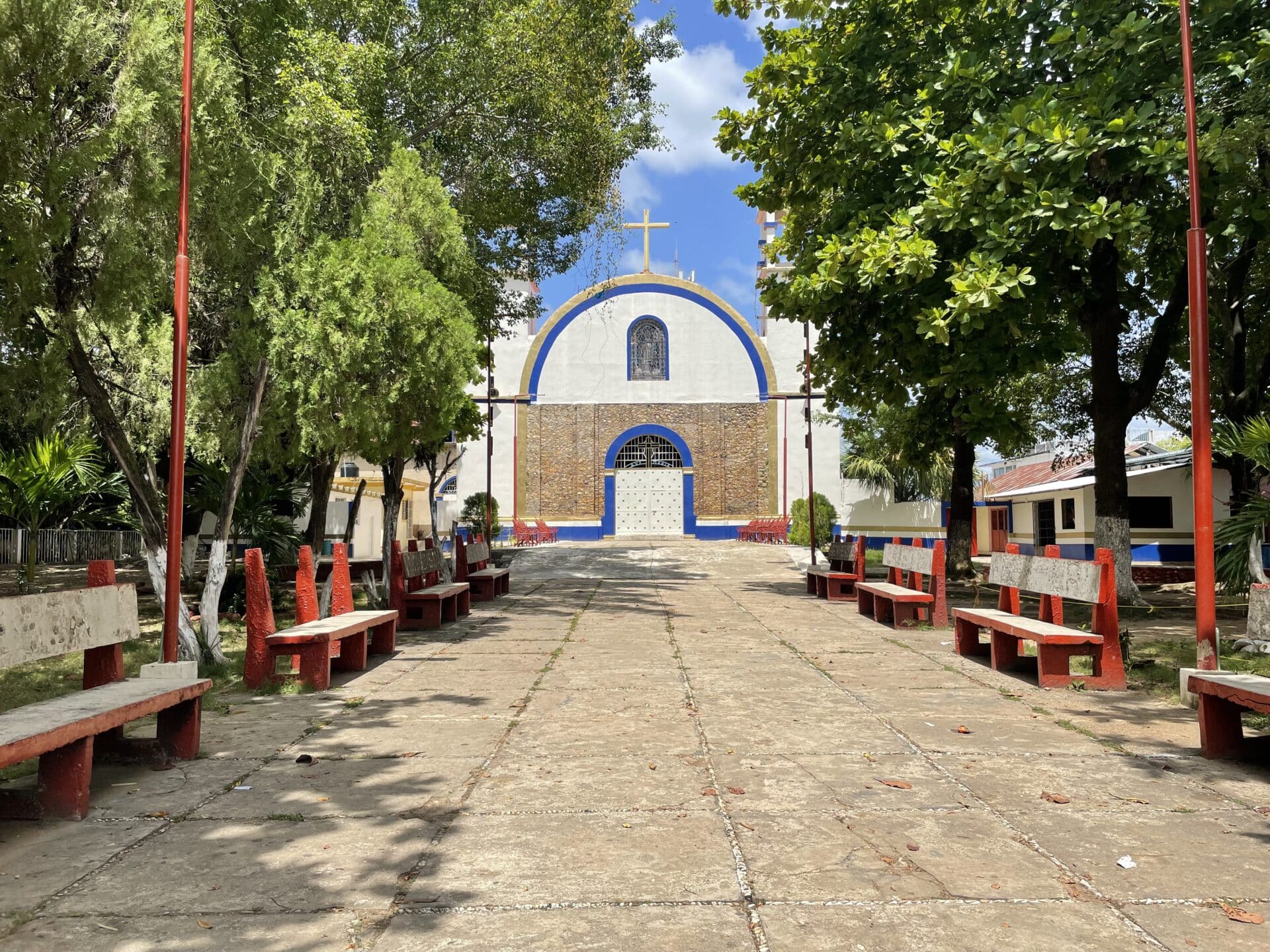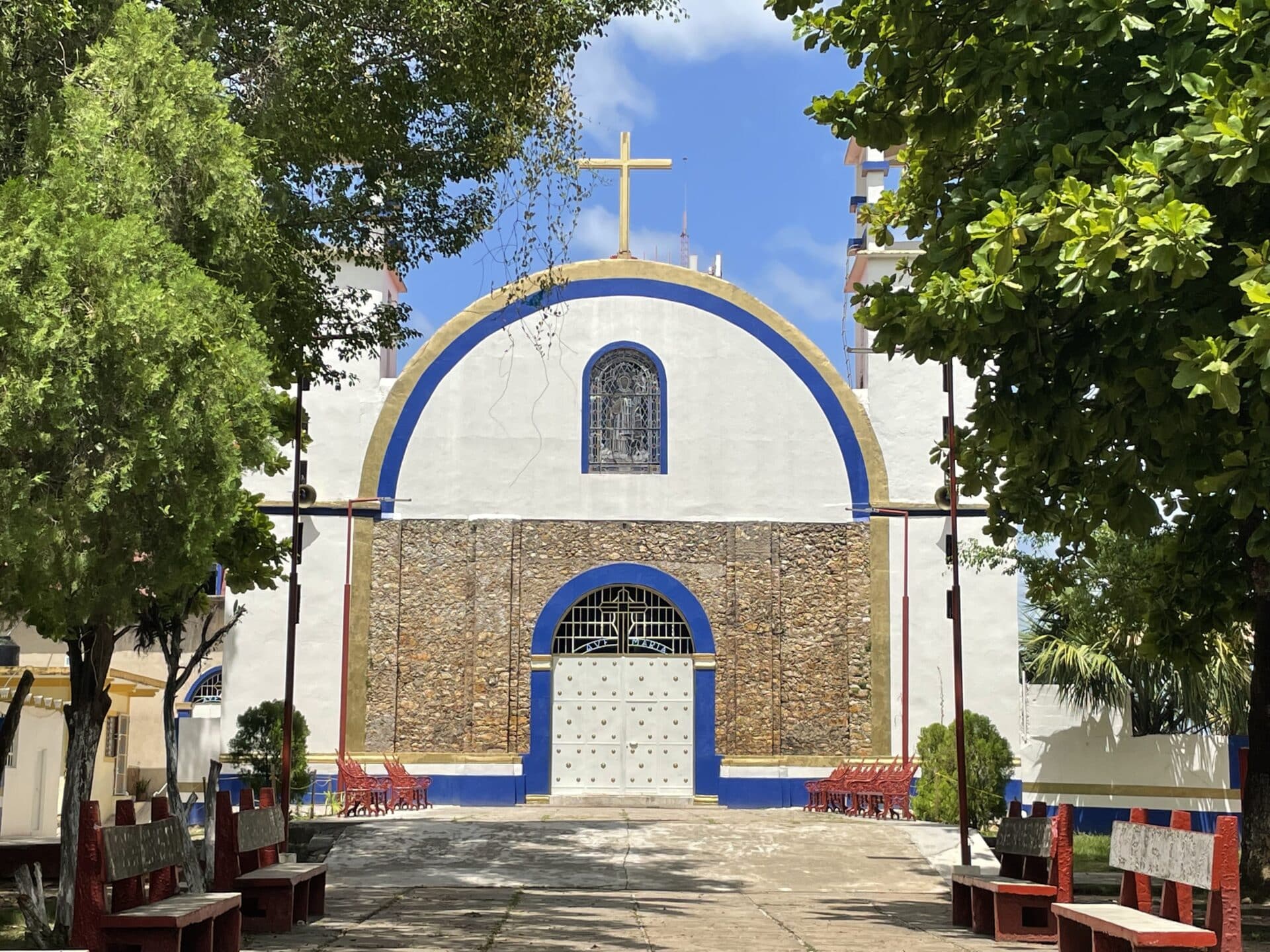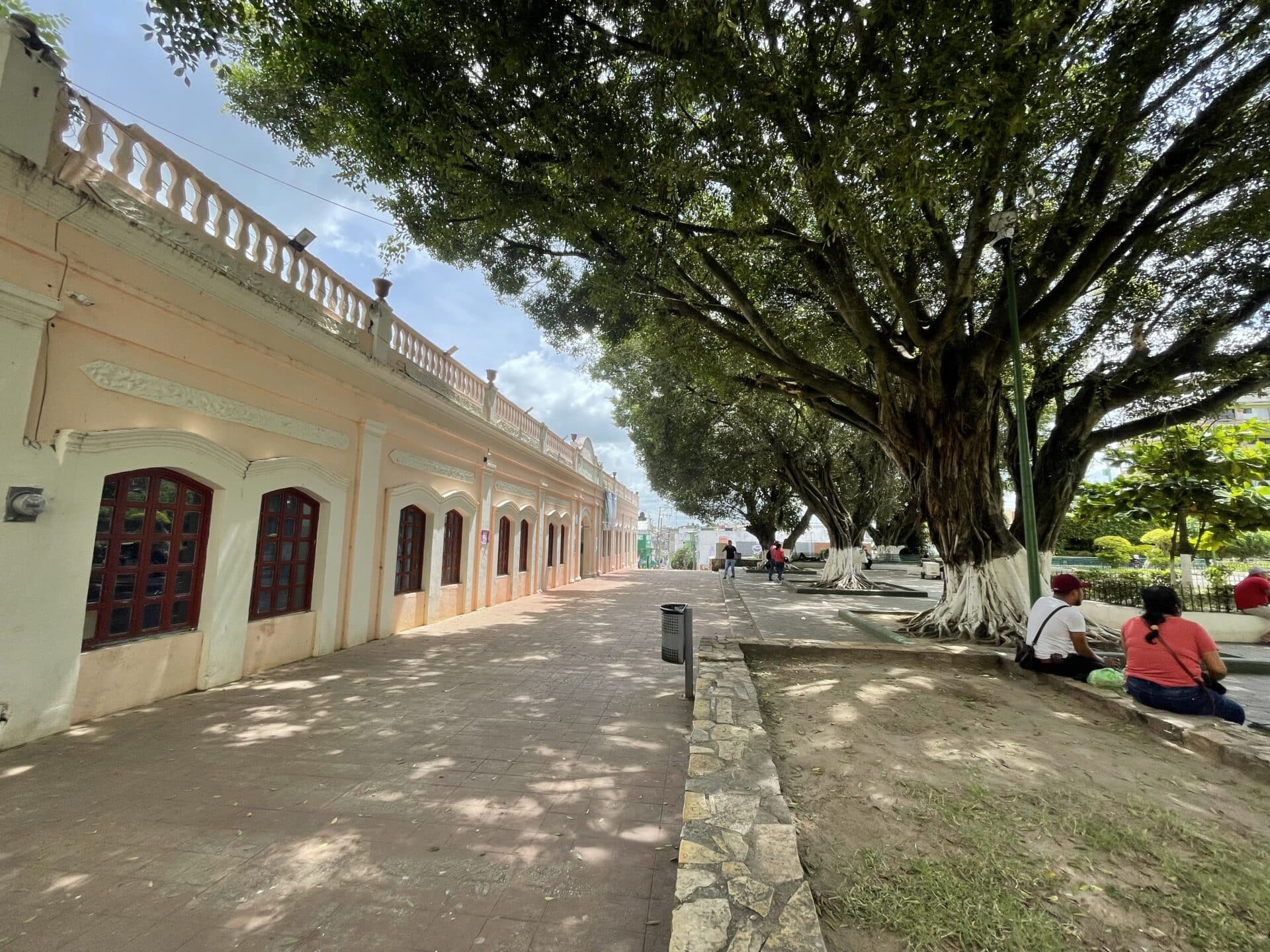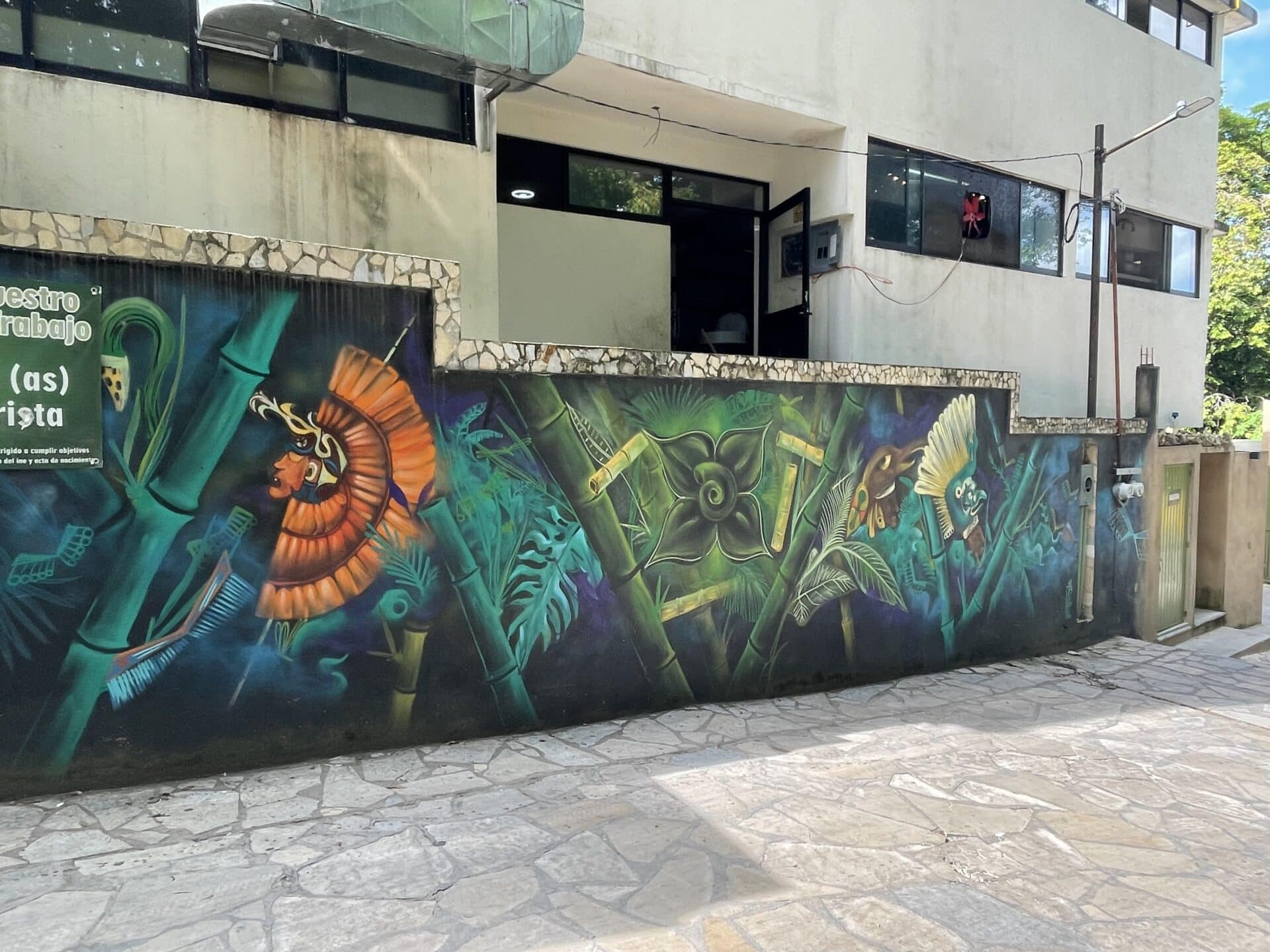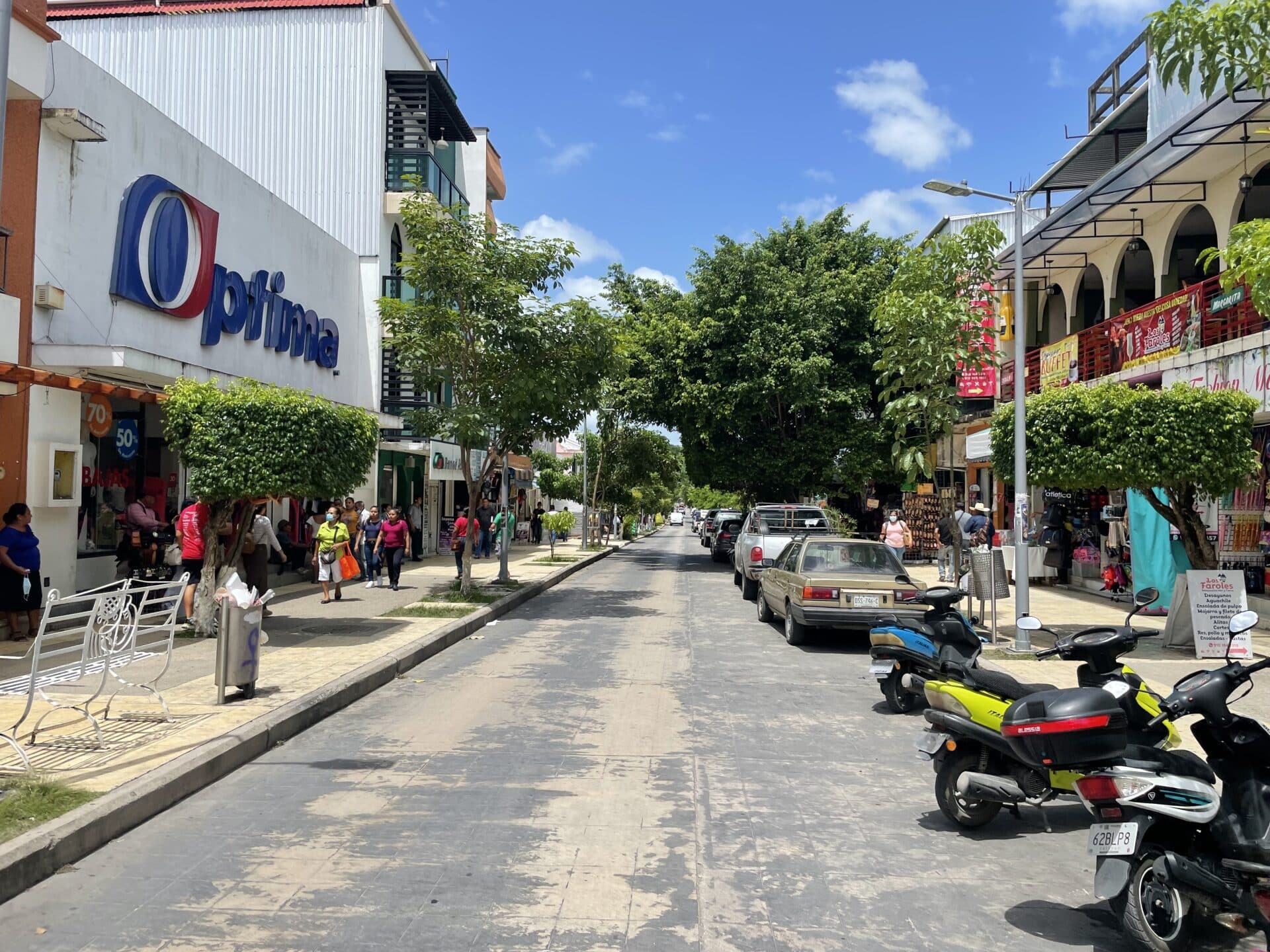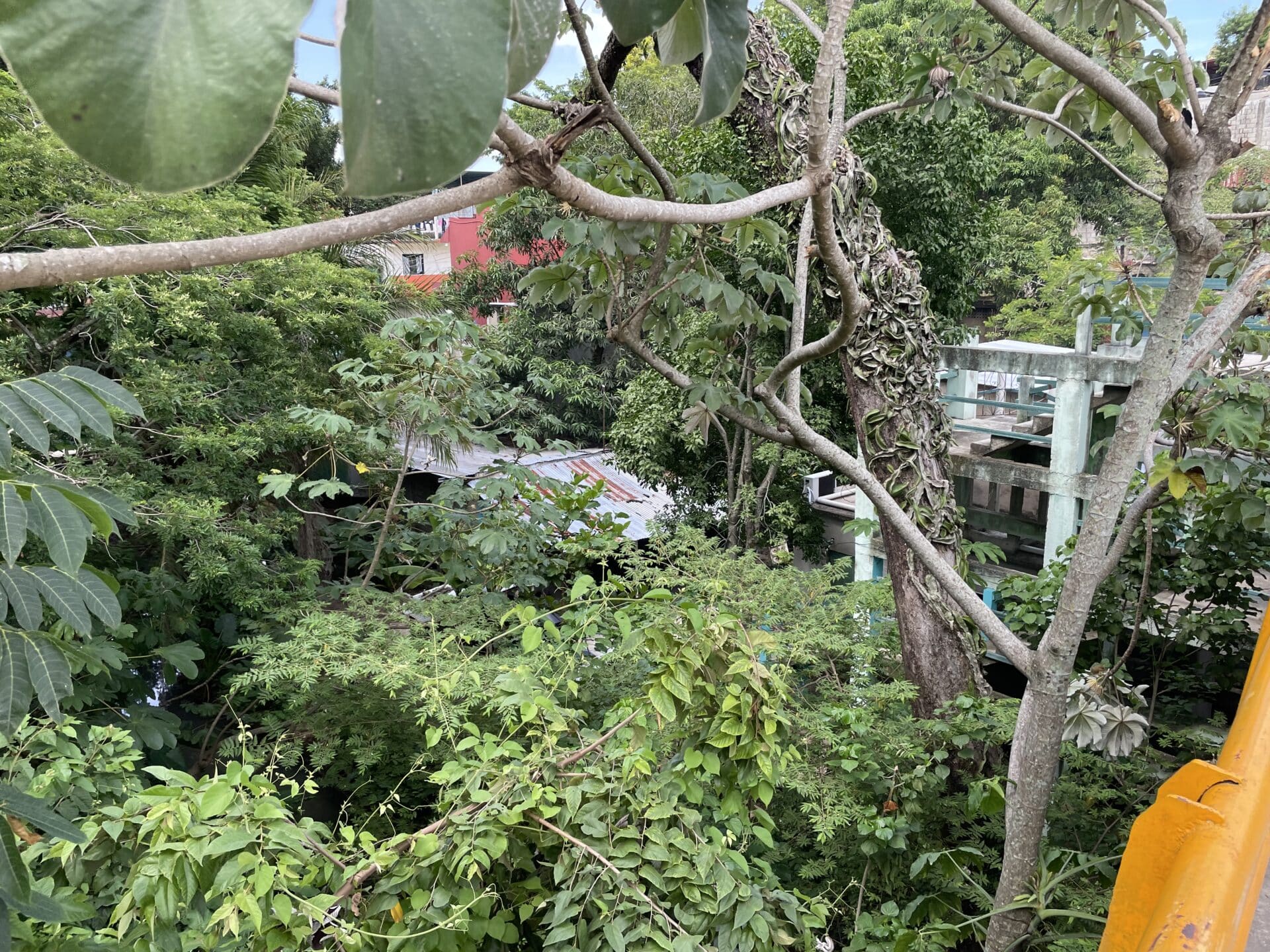Palenque is a city and municipality in the Mexican state of Chiapas in southern Mexico. The city was named almost 200 years before the nearby Mayan ruins were discovered in the 18th century. The area has a significant indigenous population, mostly of the Ch’ol people, a Mayan descendant. The city is the only urban area in a municipality of over 600 communities, and is surrounded by rainforest.
Wikipedia
Palenque refers to both the modern city and the municipality for which it is the local governing authority. As of 2010, the municipality had a population of 110,918. As of 2010, the city of Palenque had a population of 42,947
The city of Palenque was designated as a “Pueblo Mágico” (magical town) in 2015. The main tourist attraction is the archeological site of Palenque, located 7 km from the city. This site is one of the most important in the state, as it is known internationally. The ancient city was a major part of Mayan civilization, which developed during the Classic period.
Wikipedia
Palenque
The name Palenque comes from Spanish and means “wood stake fence.” It is a literal translation of the Ch’ol word “otulún” which means fenced or fortified place. The modern town was founded by Friar Pedro Lorenzo near the ruins of the same name in 1567. It was founded to congregate the Ch’ol indigenous families that were dispersed in this part of the Lacadon rainforest. In 1768, the state of Chiapas was divided into “alcaldía mayores” with Palenque belonging to that of Ciudad Real (San Cristóbal de las Casas). In 1813, the settlement was officially declared a town.
The ancient Mayan site of Palenque was unknown to the Spanish when they founded the town. Since its discovery in 1740 by Father Antonio Solís, it has been culturally and economically important to the city and municipality. The ruins were visited in 1773 by Ramon Ordóñez de Aguilar representing the province of Guatemala, to which Chiapas belonged.
Most of the municipality lies on the plains that lead north to the Gulf of Mexico with small portions located in the mountains called the Montañas del Oriente and the Montañas del Norte. It is part of the Selva region of the state, and borders the Lacandon Jungle. Its climate is hot and humid with rain year round. It has mostly tropical rainforest vegetation.
The municipality is home to the Palenque National Park and the Metzabok Flora and Fauna Protection Area. The first was established in 1981, and covers the areas were the Montañas del Norte meet the coastal plain, an area of 1771.95 hectares. It was established to conserve perennial rainforest which is in endangered, as well as a number of endangered species. The park surrounds the archeological site of Palenque, and both the site and the park are listed together as a World Heritage Site. It was established in 1981.[4] The national park is home to a number of emblematic Chiapan species including the howler monkey, which is endangered due to deforestation.
The ancient city was a major one of the Mayan civilization, which developed during the Classic period. The main attractions of the site include the Temple of the Inscriptions and the Palace. The site is noted for the size of its buildings as well as number and large number of glyph inscriptions. It is the site of the tomb of King Pakal, discovered in the 1950s, one of the most important Mayan discoveries of the 20th century. The largest and most complex structure is the Palace with its four-story tower. Other important structures include Temple of the Cross, Temple of the Foliated Cross and the Temple of the Sun. The site has a museum in the National Park area in a modern building, with an addition made in 1995. There are two main halls and a temporary one. It focuses on the ancient city’s importance in Mayan world and the history of its excavation, including work as recent as the mid 1990s

